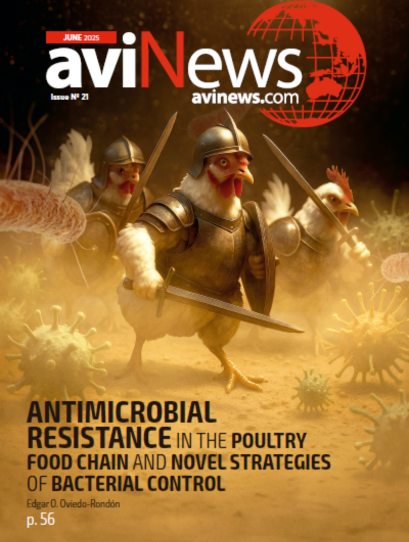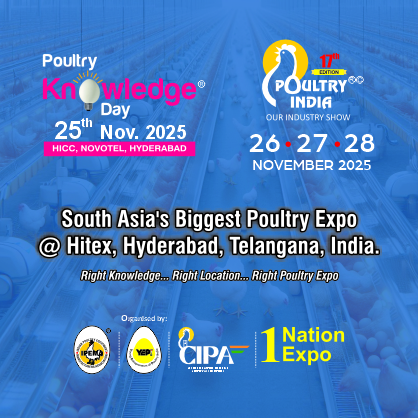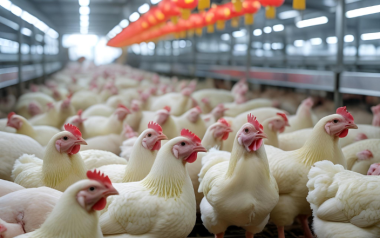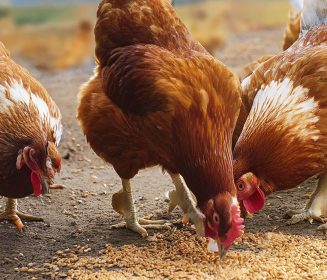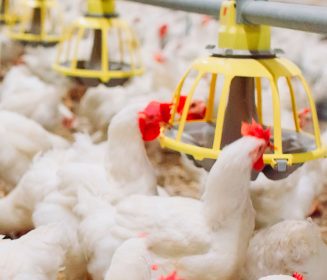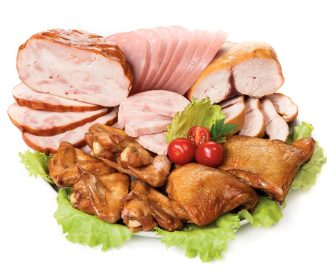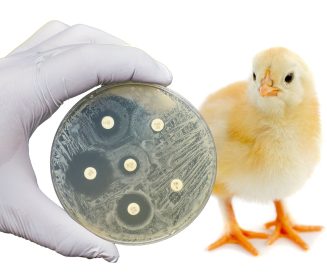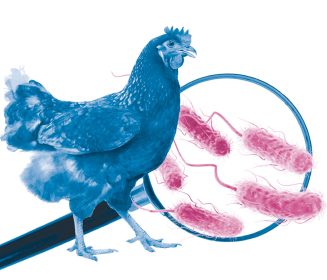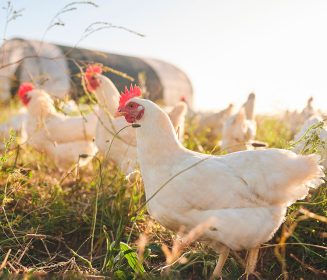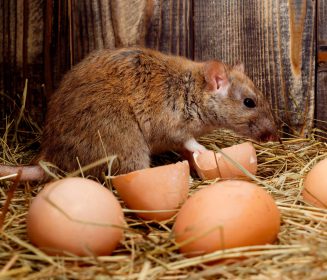15 Aug 2025
Thailand’s chicken industry set to grow in 2025 amid global headwinds
Thailand’s chicken industry set to grow in 2025 amid global headwinds: output to reach 3.44 million tons, exports valued at USD 4.45 billion
Available in other languages:
Thailand’s chicken industry is expected to continue growing in 2025, both in domestic consumption and export performance, despite facing multiple challenges including rising production costs, increasing competition, and slowing global demand.
According to projections, Thailand’s chicken meat production is set to reach 3.44 million tons in 2025, a 1.3% year-on-year increase. This growth aligns with a forecasted 0.7% recovery in domestic consumption, as consumers shift toward chicken in response to rising pork prices and ongoing concerns over cattle disease outbreaks.
Chicken gains favor among consumers: high protein, lower cost
Chicken remains the second most consumed meat in Thailand after pork. With rising pork prices and animal health concerns, consumers are increasingly turning to chicken as a more affordable and healthier protein source—being lower in fat and more economical compared to other meats.
Farm-gate chicken prices are also expected to rise by around 3.5% in 2025, driven by persistently high production costs. While animal feed prices are projected to soften slightly, other expenses—such as farm management, disease prevention, and utilities—continue to climb.
However, retail price adjustments are limited, as chicken remains a price-controlled product in Thailand. This puts pressure on producers to enhance cost-efficiency in order to maintain profitability.
Chicken exports continue to expand, but growth momentum slows
Thailand’s chicken export value is projected to hit USD 4.45 billion in 2025, reflecting a 3.0% increase. While positive, this marks a slowdown from the 5.7% growth recorded in the previous year, largely due to sluggish demand in major markets like Japan, the UK, and China—countries grappling with weak economic outlooks and intensified price competition.
Processed chicken exports
Processed chicken, which makes up approximately 70% of total chicken export value, is expected to grow 3.8% this year, down from 7.7% in 2024.
While Japan continues to import Thai chicken—partly due to temporary bans on Brazilian chicken amid avian influenza outbreaks—Thailand faces tough price competition from China. Chinese processed chicken exports to Japan are roughly 13% cheaper on average.
In the UK, although consumer demand is rising, local poultry production is also increasing (by 2-3% in 2025), which may limit additional orders from Thailand.
Chilled and frozen chicken
Chilled and frozen chicken, which accounts for around 30% of exports, is expected to grow 1.3%, slightly down from 1.6% in 2024.
In China, demand remains weak due to ongoing economic challenges. Although China has partially halted imports from Brazil and the US due to avian influenza, the market has shifted toward domestic supply and increased imports from Russia. Russia’s share of China’s chicken imports grew from 8% in 2021 to 15% in 2024.
Meanwhile, the UAE is emerging as a promising market, particularly for halal-certified chicken. In the first five months of 2025, Thai exports to the UAE increased more than fivefold year-on-year, highlighting rising demand from the Middle East region.
Intense global competition pressures profit margins
Despite Thailand’s strengths in food safety, processing technology, and product customization, the industry faces rising competition from low-cost producers like Brazil, China, and the US.
These countries enjoy lower feed and labor costs, as well as economies of scale, enabling them to offer more competitive prices in the global market. In contrast, Thailand imports over 60% of its animal feed ingredients, such as soybean meal and corn, leading to higher production costs.
As a result, Thai chicken products are often priced higher than their competitors’, putting pressure on exports and potentially squeezing margins over the next 1-2 years. Thai producers may need to adjust prices or accept lower profit margins to maintain market share in an increasingly price-sensitive global market.
Slowing export growth and emerging risks
Thailand’s average annual export growth of chicken products has already begun to slow—from 9.0% during 2015-2019 to 6.5% between 2020-2024. This trend may continue due to several factors:
- Rising operational and compliance costs, especially for international standards on food safety, antibiotic use, and animal welfare (e.g., ESG compliance and traceability systems).
- Volatile feed prices, driven by global weather conditions and currency fluctuations, pose ongoing risks as feed accounts for 60–70% of total production costs.
- Heavy reliance on a few key markets, such as Japan and the UK, which together represent more than 60% of Thailand’s chicken exports. Economic slowdowns or regulatory changes in these markets could significantly impact export volumes.
To mitigate these risks, Thai producers are encouraged to diversify into emerging markets, including the Middle East, New Zealand, and Canada, where demand for high-quality chicken and halal products is increasing.
Outlook: resilience required for growth ahead
While challenges remain from rising costs and stiff global competition to tightening export regulations, Thailand’s chicken industry still shows resilience and potential for moderate growth.
Maintaining competitiveness will require strategic investments in cost efficiency, innovation, and market expansion.
In 2025, chicken may no longer just be a staple protein for consumers—it is also becoming a battleground for international trade, with players fighting for market share in a rapidly evolving global food landscape.

